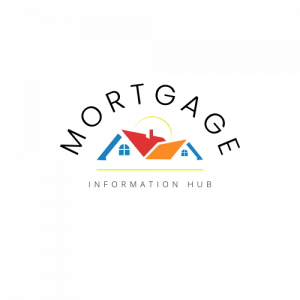
Shared ownership, a government initiative originating in the 1970s, offers an accessible pathway to property ownership for individuals who may not have the means to purchase a home outright.
This comprehensive guide delves into the intricacies of shared ownership, elucidating its mechanics, eligibility criteria, benefits, rental structure, application process, property maintenance, share increment options, maximum ownership thresholds, resale procedures, and the possibility of renting out rooms.
Shared ownership presents a collaborative approach to home ownership. Through this scheme, individuals co-own a property with a housing association or another share owner, which can be a public body or entity.
The co-owner typically owns a portion of the property, while the remaining part is rented. Shared ownership serves as a stepping stone to property ownership, particularly beneficial for those with financial constraints.
Shared ownership enables individuals to purchase a percentage of a property, ranging from 25% to 75%. Upon acquiring a 75% ownership stake, further increments are only possible by purchasing the property outright.
If ownership is less than 75%, incremental purchases, known as “staircasing,” are feasible. Staircasing involves obtaining additional shares through mortgages or personal savings. However, consulting a mortgage advisor is prudent before embarking on this route.
Eligibility criteria include an annual income threshold of less than £80,000 (or £90,000 for London residents) and the inability to afford full property ownership. Individuals must fall within categories such as first-time buyers, those unable to afford a previously identified property, those establishing new households post-relationship breakdowns, existing shared ownership property holders seeking to move, and those unable to afford a suitable property.
For individuals aged 55 and above, the older people’s shared ownership scheme permits up to a 75% ownership stake, exempting them from rent on the remaining portion.

Written in August 2023 by:
Sam Chester
Rent is payable on the portion of the property not owned by the individual. Rental charges are capped at 3% of the share owned by the housing association or share owner, primarily for new properties.
Applicants should approach the share owner of the desired property to determine eligibility and initiate the application procedure. Collaborating with a mortgage broker to assess affordability and monthly mortgage payments is essential. Property prices for shared ownership are often non-negotiable, though exceptions exist in some cases.
Reselling a shared ownership property means you must notify the housing association/share owner. If ownership is less than 100%, they are granted a specified period to identify a buyer for the share. If no buyer is found, individuals can proceed to sell the share on the open market.
Renting out a room is permissible if the individual resides in the property simultaneously. Renting out the entire property usually requires 100% ownership or exceptional permission from the housing association/share owner.
While housing associations/share owners typically do not fund repairs or maintenance, a building warranty might apply to newly constructed properties. Individuals possess the freedom to enhance their property, but prior consent from the housing association/share owner is necessary. Taking care of the property’s upkeep is the individual’s responsibility regardless of their ownership share.
Shared ownership properties can be located through local housing associations, councils, home builders, and national property platforms. Regional Help to Buy agents facilitate the application process in distinct areas.

We’re like human search engines, but with a side of humour!
So ask away, and we’ll sprinkle some laughter into your answers! No silly questions, only hilarious responses allowed!

The content within this article is as accurate as the date it was written. To ensure the most up to date information, you should consult with one of the experts that we work with as every lender and their polices are different and can be changed or amended without notice.
This website is for information only and does not constitute financial advice. Our mortgage advisers are all fully qualified to provide mortgage advice in accordance with the Financial Conduct Authority (FCA) regulations. We only exclusively operate with businesses that are authorised and regulated by the FCA. All advice offered will be unique to your individual circumstances.
Some Buy to Let mortgages are not regulated by the FCA. You should carefully consider securing other debts against your home. If you do not keep up your mortgage repayments, your home may be repossessed. Equity released from your home will also be secured against it.

Ready to join the party?
Give us a ring-a-ding!
We're thrilled to hear from you! Whether it's a question, a suggestion, or just a friendly chat, we're all ears!
Calling us is like a direct line to awesome-ness! Our team is here to make your day brighter!
Don't be shy, let's talk and have a blast together!

🌟 We're here to assist you every step of the way in finding the perfect broker for your needs.
Simply fill out the form below, and our knowledgeable team will serve as your trusted mortgage guides.
Now, let's lighten the mood with a mortgage-related joke:
Why did the mortgage broker bring a ladder to work?
Because they wanted to reach new heights in finding the best deals! 😄🏠